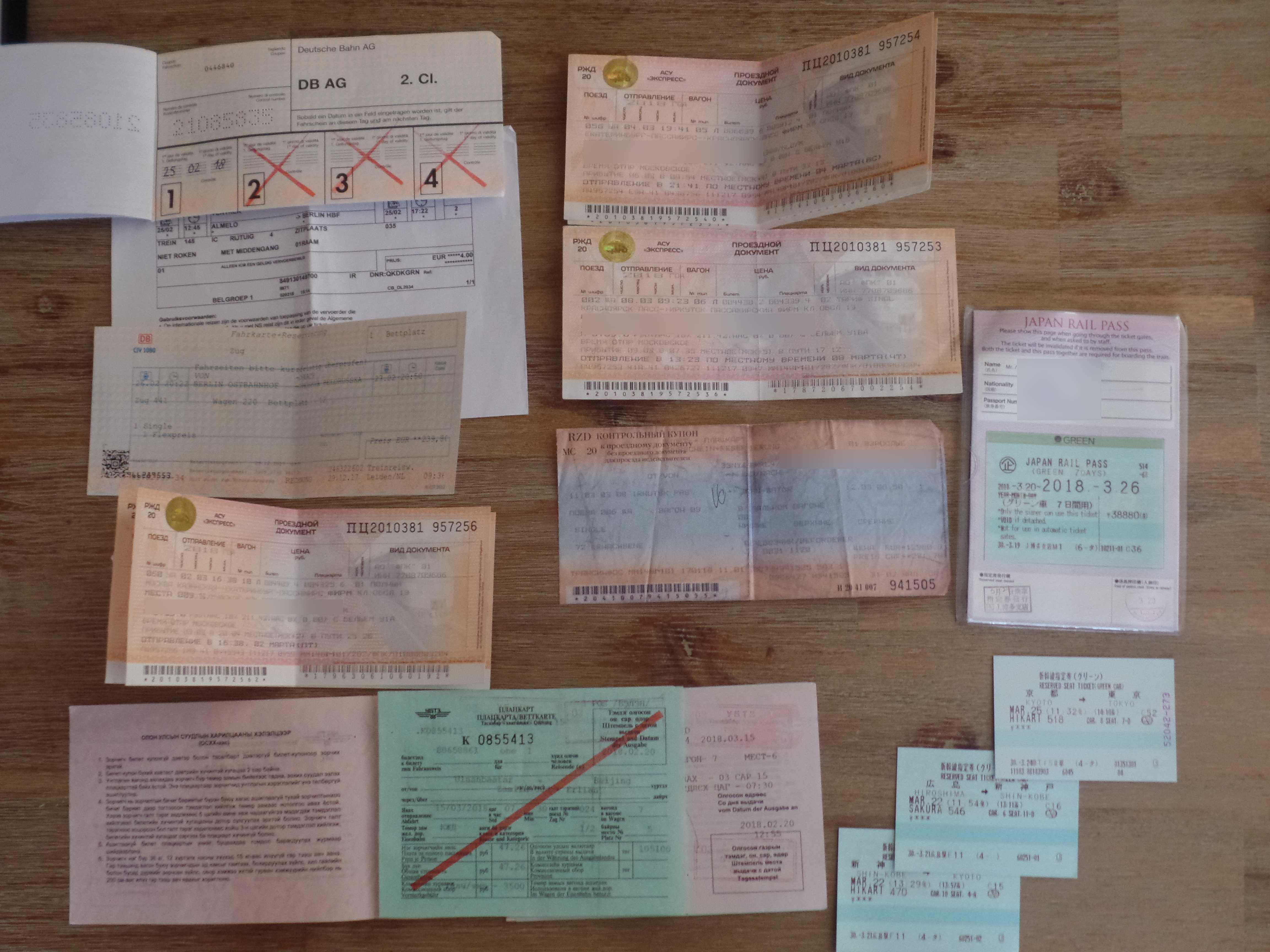Trans-Siberian
One of the great ways to get around Russia is their railway system. It covers just a small part of the enormous country, but as there’s so much space inhabited, it actually covers a big part of Russia.
One of the best known trains of Russia is the ‘Trans-Siberian Express’, a train that actually doesn’t exist. There are, of course, several trains that run through Siberia, but none of them is called ‘Trans-Siberian Express’. The train that comes nearest to that name are the number 001 and 002 trains that are called ‘Rossiya’. The Trans-Siberian Railway, however, does exist and runs from Moscow, the capital of Russia, to the Far-East, and is the longest railway in the world, with a length of 9,289 kilometres, which equals to 5,772 miles. Since 1916 it connects Moscow with Vladivostok in the Far-East. Only the 001 and 002 trains connect both cities directly.
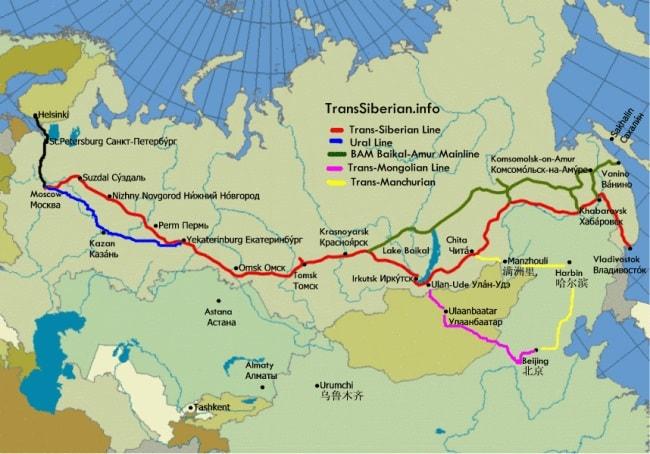
There are two famous branch lines on the Trans-Siberian Railway; the one that crosses Mongolia to Beijing in China that is called the Trans-Mongolian Railway and the one that crosses another part of China to get round to Beijing, which is called the Trans-Manchurian Railway. You also may have heard about the Baikal-Amur Mainline, which covers another part of the country.
Travel classes
There are three classes that are being used on the trains: Platzkart (3rd class), which is actually a open-plan dorm car, covering 54 beds. There’s Kupé (2nd class) with closed compartments that exist each of 4 beds. And there’s also Spalny Vagon (1st class) which exists of closed compartments that have got only 2 beds.
Each car has two provodniks or provodnitsa’s, that maintain the car: They clean up the compartments, make sure the toilets are clean, they sell you tea or coffee and they also guard the cars, to make sure only the right people are inside it. So make sure you bought the right ticket!
Time zones
As Russia is enormously big, it consists of no less than 11 time zones. To make the railways even more difficult, all the station clocks and timetables of trains are run on Moscow Time. Every time zone you cross means you have to adapt or take one hour on the timetable of the train. Which can lead to the funny situation that when you’ve crossed the border from China to Russia just after lunch, the clocks on the Russian railway station will tell you it’s already 1 in the morning.

Virtual Cache
As the Trans-Siberian railway is something the Russians cherish and is quite popular amongst tourist these days, I’m using my Virtual Reward to share everyone’s pictures of their journeys along the Trans-Siberian railway.
This Virtual Cache is for everybody that is going to travel on one of the many trains that cross Russia, especially Siberia. Since there is no ‘real Trans-Siberian Express’, all other trains that cross Siberia are allowed as well to log this cache, as long as you meet the next terms and conditions.
To log this Virtual Cache, you have to:
· Take a picture of your GPS (faces are optional) at the posted coordinates, in front of the Kazanskaya, Yaroslavsky and Leningradsky railway stations, with at least one of these train stations in the background.
· Take a picture of your GPS on board the train you’re taking to cross Siberia.
· Also take a picture of your train ticket, which states where you’ve boarded the train, at which station you will leave the train and also the date of travelling (you may blur your personal details, such as date of birth and passport number if you wish).
· Tell your story (as short or long as you like) in your log; where did you go, what did you do, how long did it take; share it with everyone else!
· Optionally, you can add as many pictures as you like from your journey.
The whole point of this Virtual cache is to share our beautiful trips along the Russian Siberian Railway.
My log
I’ve started my journey back in my home town in the Netherlands. I had to change trains once in Almelo, to get on the international train to Berlin, Germany. After a full day in Berlin, I took the night train to Moscow, over Poland and Belarus.

In Moscow, I started my Trans-Siberian journey at Moscow Kazanskaya, as I took a domestic train bound for Nizhnevartovsk, that took me to Ekaterinburg.


From there I travelled to Krasnoyarsk, from where I continued to Lake Baikal and Irkutsk. Then I took the Trans-Mongolian route to stay at a ger-camp in Terelj NP, visit Ulan Bator and then continue to Beijing in China. This part of the trip took me 20 days, including a few days in Moscow, Ekaterinburg, Krasnoyarsk, Lake Baikal, Irkutsk and Mongolia. After three days in Beijing, I flew to Japan to travel for another 9 days.
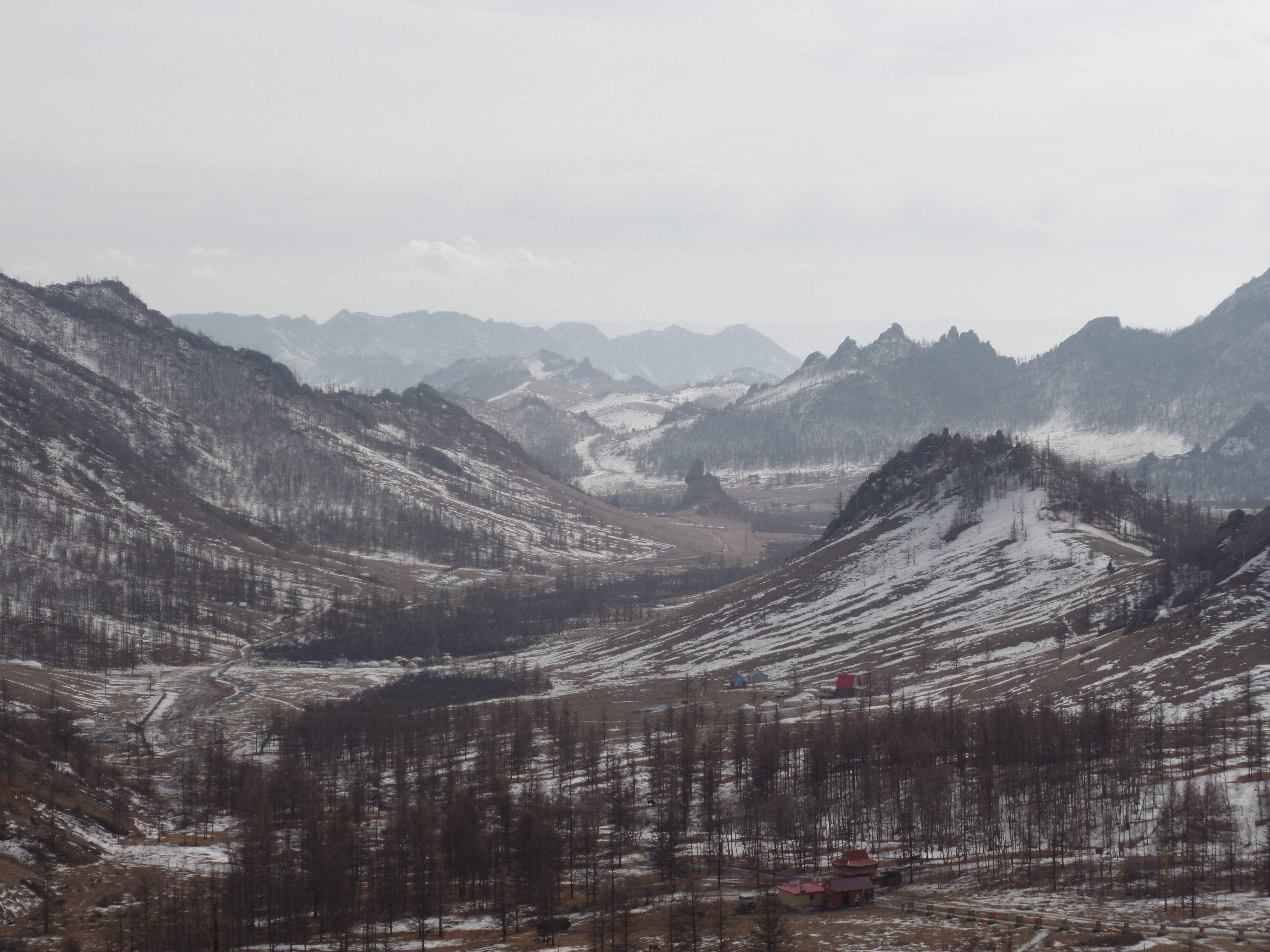
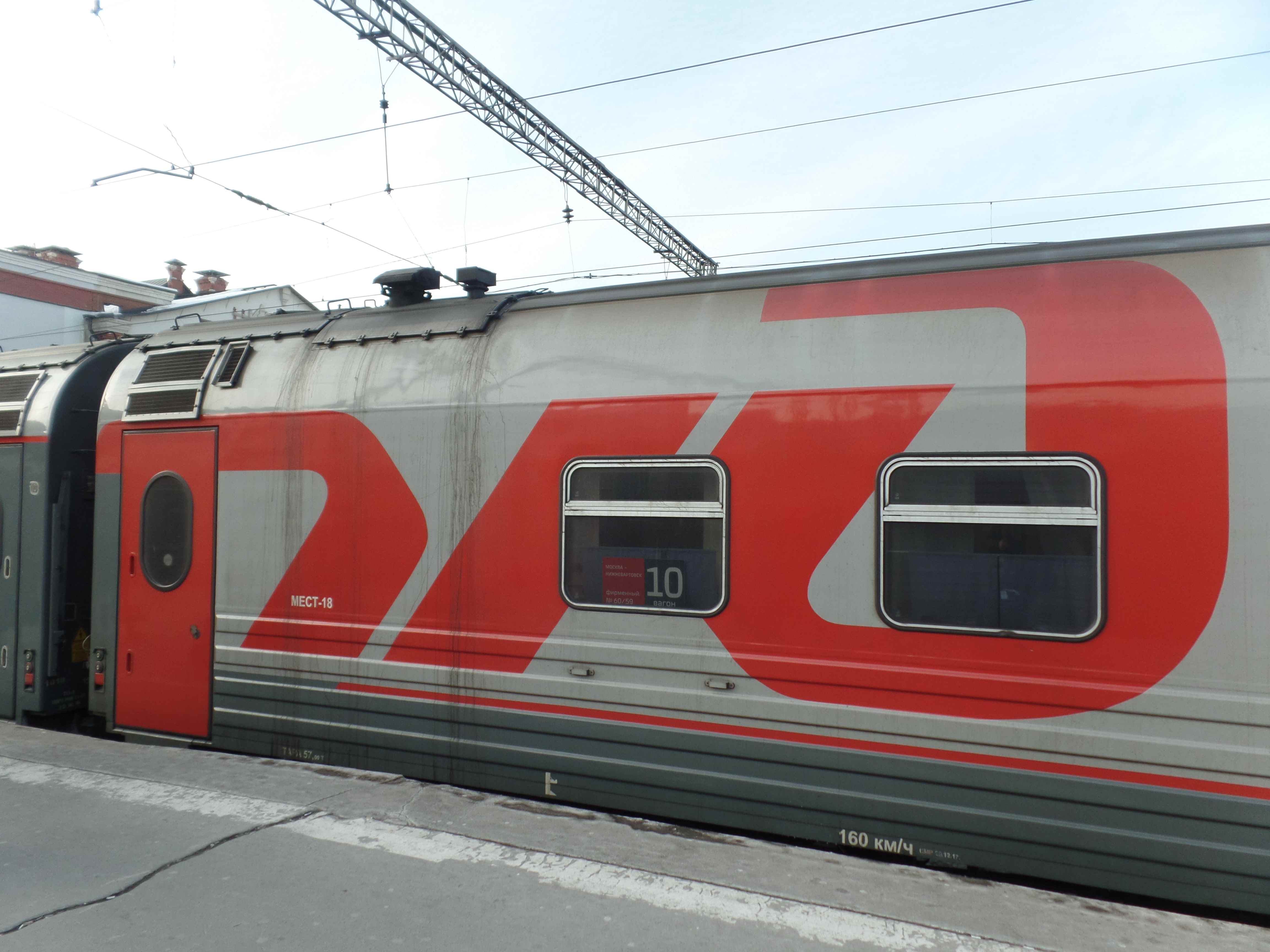
The whole journey was impressive; as there’s not so many places to go on the train, you really need to shift back some gears and fill up your days with reading, sleeping and looking outside. As my journey was in late winter, it was pretty interesting the cars are heated up to a nice 20-25 degrees Celsius, whereas the short stops where you can get off the train make you realise outside is nowhere near that 20 degrees, nor near freezing point. In Krasnoyarsk I walked around in -20. But then again; that’s what I would tell you if you’ve asked me about Russia and Siberia before I boarded the train.
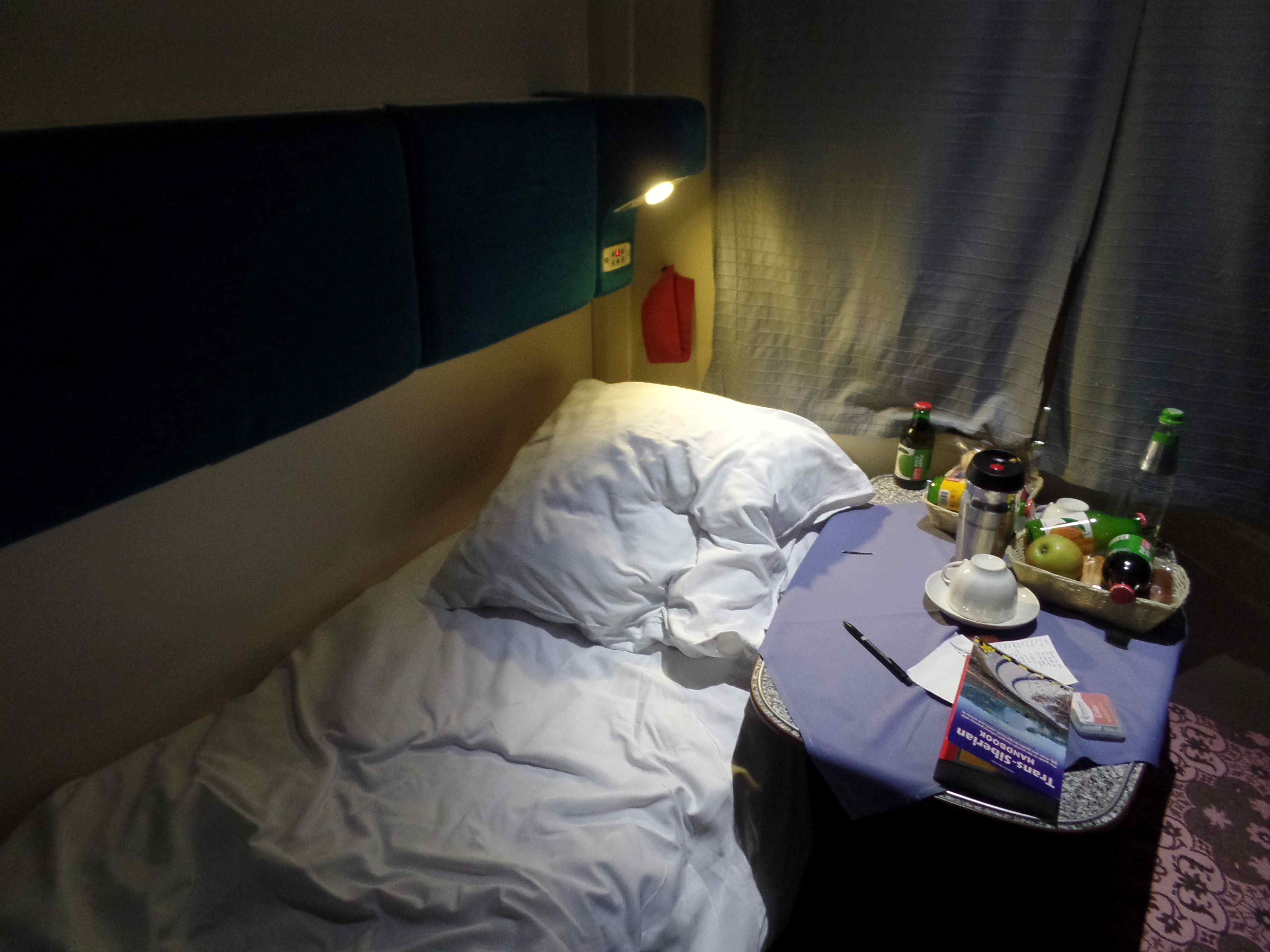
Mongolia has a beautiful scenery, especially in Terlelj National Park. Ulan Bator is a very congested city, that doesn’t hide a lot of interesting spots. Beijing in China is a complete other culture; I found the Chinese nowhere as annoying as I found them along my other travels; the Chinese I met in Beijing were just really nice and patient. The Japanese are just crazy, in their world full of cartoon characters and jingles.


Virtual Reward - 2017/2018
This Virtual Cache is part of a limited release of Virtuals created between August 24, 2017 and August 24, 2018. Only 4,000 cache owners were given the opportunity to hide a Virtual Cache. Learn more about Virtual Rewards on the Geocaching Blog.
